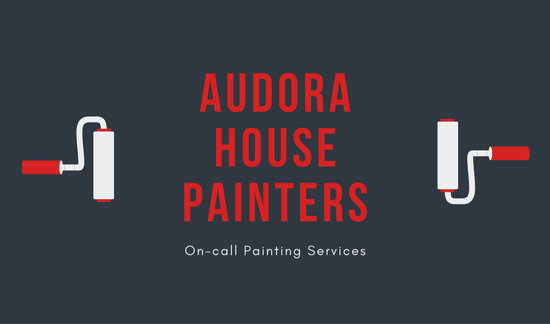Trick Seasonal Considerations For Commercial Outside Paint: What You Need To Be Educated Regarding
Trick Seasonal Considerations For Commercial Outside Paint: What You Need To Be Educated Regarding
Blog Article
Posted By-Korsholm Browne
When you're planning a business external painting project, seasonal elements can make or break your results. You'll wish to take into consideration exactly how temperature level and moisture influence paint application and drying out times. Choosing the ideal season can ensure your paint sticks properly and lasts longer. However which seasons are truly the most effective for this kind of job? Let's explore the crucial elements that can affect your project's success.
The Effect of Temperature Level on Paint Application
When you're planning an industrial external painting project, the temperature can considerably impact exactly how well the paint sticks and dries out.
Preferably, you intend to repaint when temperature levels vary in between 50 ° F and 85 ° F. If it's too chilly, the paint might not treat effectively, resulting in concerns like peeling off or breaking.
On the flip side, if it's also hot, the paint can dry out as well quickly, protecting against proper attachment and leading to an unequal finish.
You should also take into consideration the time of day; early morning or late afternoon offers cooler temperature levels, which can be a lot more desirable.
Always examine the supplier's recommendations for the particular paint you're making use of, as they frequently offer guidance on the perfect temperature level array for optimum outcomes.
Humidity and Its Result on Drying Times
Temperature isn't the only ecological variable that influences your industrial exterior painting task; moisture plays a significant duty too. High moisture levels can decrease drying times drastically, impacting the general high quality of your paint task.
When the air is filled with wetness, the paint takes longer to heal, which can result in concerns like poor bond and a greater risk of mold growth. If you're repainting on an especially humid day, be planned for extended delay times in between layers.
https://www.21oak.com/home-maintenance/sanding-primer-or-both-what-to-know-before-you-paint-your-walls/ to keep track of local weather and plan accordingly. Ideally, go for humidity degrees in between 40% and 70% for optimum drying.
Maintaining these factors in mind guarantees your project remains on track and provides a long-term surface.
Best Seasons for Commercial Exterior Paint Projects
What's the most effective season for your commercial exterior painting tasks?
Spring and very early fall are normally your best options. During these periods, temperatures are moderate, and humidity degrees are usually reduced, creating optimal problems for paint application and drying.
Avoid summer's intense heat, which can trigger paint to completely dry as well rapidly, bring about inadequate bond and finish. Similarly, wintertime's cold temperature levels can prevent appropriate drying and treating, taking the chance of the durability of your paint job.
tulsa commercial epoxy flooring for days with temperature levels in between 50 ° F and 85 ° F for optimal outcomes. Keep in mind to check the neighborhood weather report for rain, as damp conditions can wreck your task.
Preparation around these variables guarantees your painting job runs smoothly and lasts longer.
Verdict
To conclude, preparing your industrial exterior paint tasks around seasonal factors to consider can make a substantial distinction in the end result. By scheduling work throughout the excellent temperature levels and moisture levels, you'll guarantee far better bond and drying times. Bear in mind to keep an eye on regional weather report and choose the right time of year-- spring and early fall are your best bets. Taking these actions will certainly help you attain a long lasting and professional finish that lasts.
